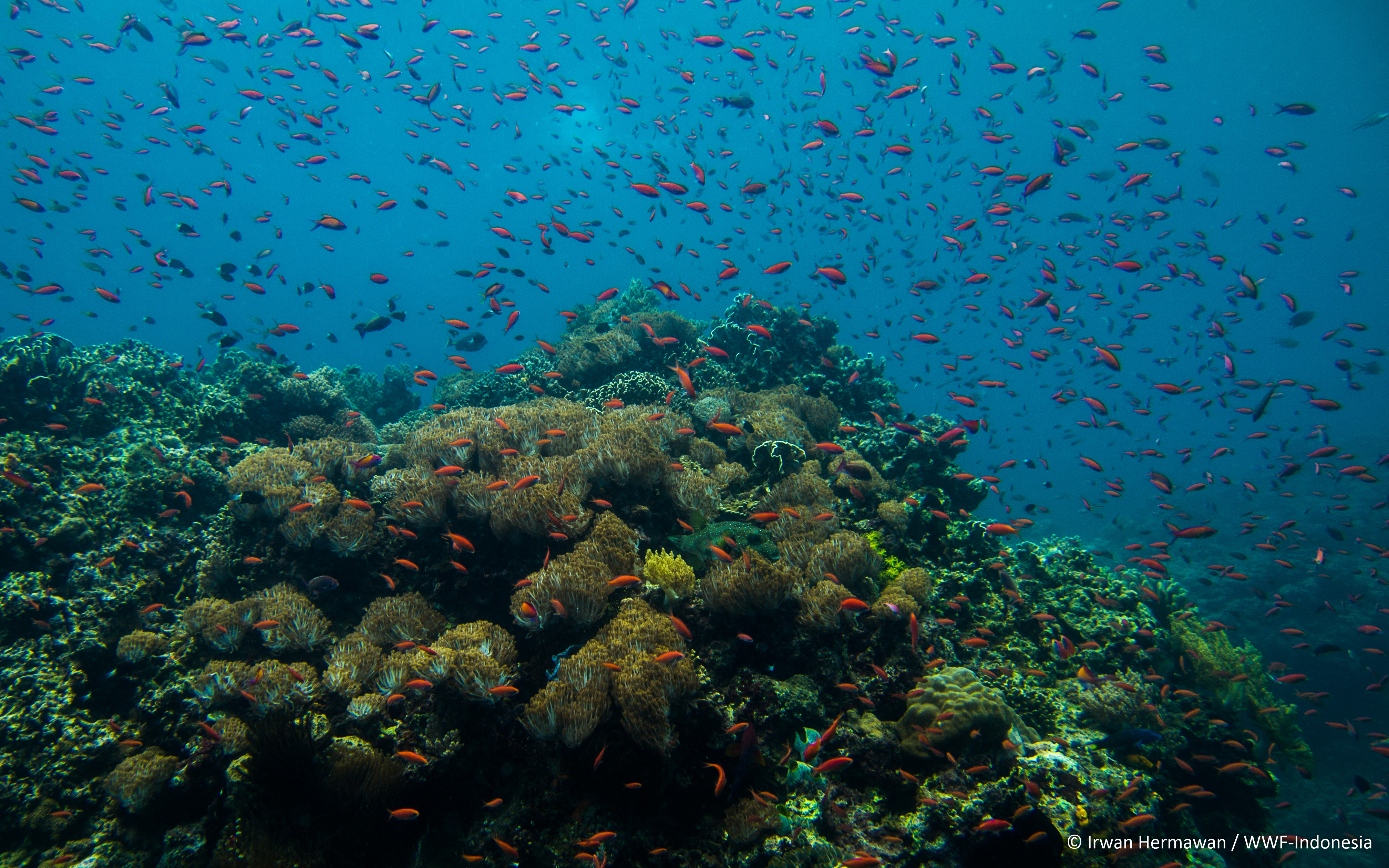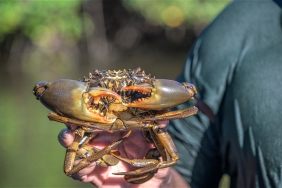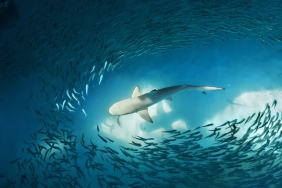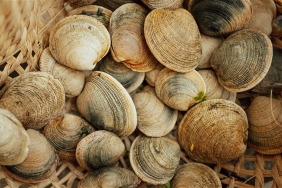EXCITING NEWS! PART OF THE CORAL REEF ECOSYSTEM OFF KANGGE ISLAND, ALOR RECOVERS AFTER 5 YEARS OF ROCKPILE PLANTING
By: Khaifin (Biodiversity Monitoring Coordinator, Lesser Sunda Subseascape, WWF-Indonesia)
The weather that afternoon (11/05/2018) was cloudy when the WWF-Indonesia team dived into the waters of Marisa Village, Kangge Island, Northwest Pantar District, Alor Regency to monitor the rockpile project, an effort to rehabilitate coral reef ecosystems that has been implemented for five years.
In April - May 2013, WWF-Indonesia together with PT Hino Motors Manufacture planted 9 rockpiles, structures made of limestone, which were placed at 5-10 meters below the sea.
Because it is just a stretch of broken coral, very few fish are found at the site. So, in addition to providing a stable substrate for coral juveniles to attach to, the rockpile is also hollow to attract fish to take refuge inside the structure.
With water conditions that tend to be murky and visibility of no more than 7 meters, we hardly recognize the rockpile because it has changed from the previous 5 years.
The limestone was almost invisible and covered with benthic biota dominated by soft corals and hard corals. In stark contrast to the condition around the rockpile which was filled with coral fractures.
family Pomacentridae (damselfish), Labridae (wrasse), Anthinidae, and Siganidae. Occasionally, schools of fish from the family Caesionidae (such as yellowtail) also come and swim on and around the rockpile. It is thought that, at night, there are many daytime-active fish hiding inside the rockpile.
Monitoring of the rockpile was previously conducted in November 2013, about 5 months after installation. As a result, within the five-month period, the attachment of coral saplings with a diameter of 1-120 millimeters was observed.
Looking at the condition of rockpile on Kangge Island now, it seems appropriate to say that visually, after 5 years, rockpile has proven to be quite effective in accelerating the rehabilitation of damaged coral reef ecosystems. This success is evidenced by the growth of soft corals and hard corals that dominate around the surface of the rockpile, and the number of reef fish communities that inhabit the rockpile, which has increased much higher than before the rockpile.
Yes, rehabilitation of coral reef ecosystems using the rockpile method has helped the process of repairing damaged coral reef ecosystems. There is no doubt that this method was chosen because it is considered the most effective for providing a stable substrate for coral saplings in locations where coral reefs are severely damaged.
"Five years ago, we worked together from the process of collecting limestone, moving it to the installation site, to splashing, and building structures under the sea, to repair our sea," recalled one resident of Marisa Village, a community that inhabits an island that borders the sea with the villages of Kayang, Allumang, and Lamma on Pantar Island.
The success of the rockpile project cannot be separated from the active role of the Kangge Island community, who regret that in the past, they still caught fish using environmentally unfriendly methods - such as bombs.
Since the introduction of seaweed cultivation, the people of Kangge Island have slowly turned into seaweed farmers. Until now, seaweed farming is still the main source of livelihood for the people of Kangge Island.
Therefore, in the implementation of the rockpile project, we also facilitated training in making processed products with seaweed-based ingredients for the women of Marisa Village.
Rrockpile is highly recommended as an effective method to be applied in rehabilitating damaged coral reef ecosystems. Of course, coupled with the involvement of local communities in the successful rehabilitation of coral reef ecosystems. Because they are the ones who will continue to protect their waters so that they remain sustainable into the future.





